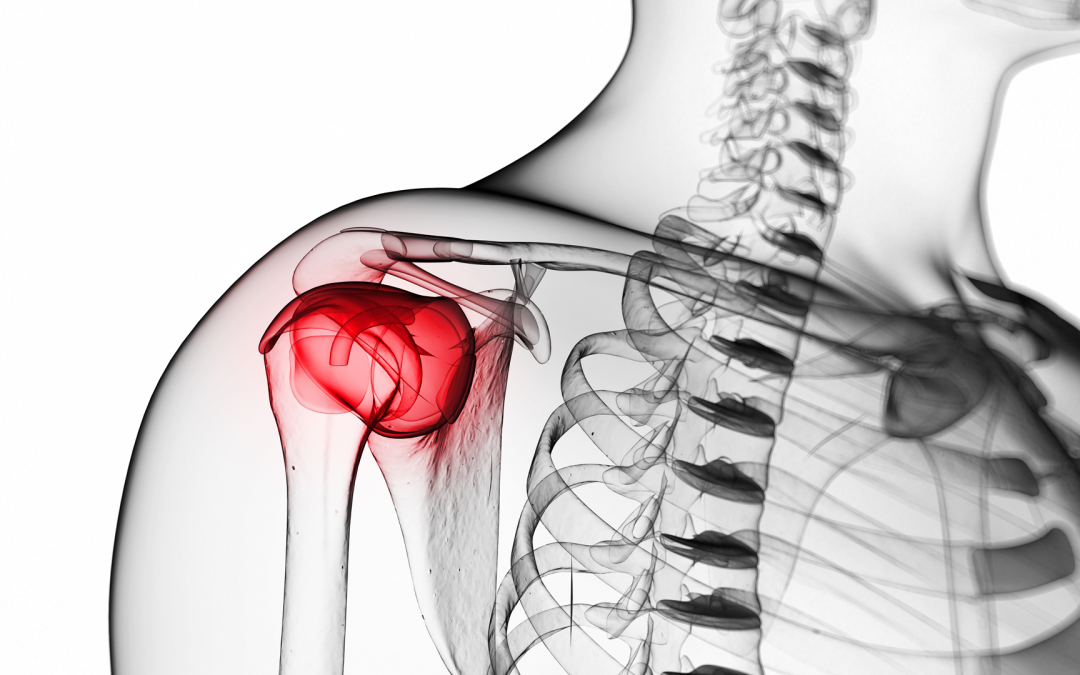February 06, 2018 by Dr. David Tiberio
Shoulder joint motion (glenohumeral articulation) occurs when there is relative movement between the head of the humerus and the glenoid fossa of the scapula. Like all joints, real motion of either bone can occur, and often both bones are moving. The shoulder is described as not only tri-planar but also tri-axial. Motion at the shoulder can occur in any of the three planes separately allowing for multiple three-dimensional combinations to facilitate complex functions.
The glenohumeral articulation is considered an extremity joint. Like all extremity joints, the relative joint motion is named by the distal bone’s relationship with the proximal bone. Whenever both bones move in the same direction, if the humerus (distal bone) moves faster than the scapula, the real bone motion of the humerus and the relative joint motion at the shoulder will be the same. This is easy for our eyes to see and our brain to interpret. If the humerus is flexing faster than the scapula, the relative joint motion will be flexion. If the humerus is externally rotating faster than the scapula, the relative joint motion will be external rotation. The only source of confusion is the terms used for describing the real scapula bone motion. However, the lack of consistent terminology in each plane creates greater confusion when the scapula is moving faster than the humerus. The table below shows the real bone motions when moving in the same direction.
When the scapula moves faster (in the same direction) than the humerus, then what we see the humerus do (real motion) and the relative motion at the glenohumeral articulation are not the same. They are opposite. One example from each plane using the Table above would be:
When the scapula anteriorly rotates faster than the humerus extends, the relative joint motion is flexion.
When the scapula downwardly rotates faster than the humerus adducts, the relative joint motion is abduction.
When the scapula protracts faster than the humerus internally rotates, the relative joint motion is external rotation.
During function, if the motion is driven by the hand, then the humerus usually goes faster. But when the motion is driven by the head, trunk or legs, then the scapula will often move faster.
During functional activities, the bones may be moving in opposite directions. When this occurs, the relative joint motion is NOT determined by which bone is going faster. If they are moving in the same plane, but in opposite directions, the proximal bone adds to the joint motion created by the distal bone, and the relative joint motion is the same as the distal bone motion.
There is a special case of bones moving in opposite directions that is critical for function. This starts with the bones moving in the same direction, but the proximal bone often reverses direction before the distal bone. This occurs in what the Gray Institute calls the Transformational Zone. This sequence of proximal before distal creates a powerful functional load to the muscles that is part of all functional movements.


